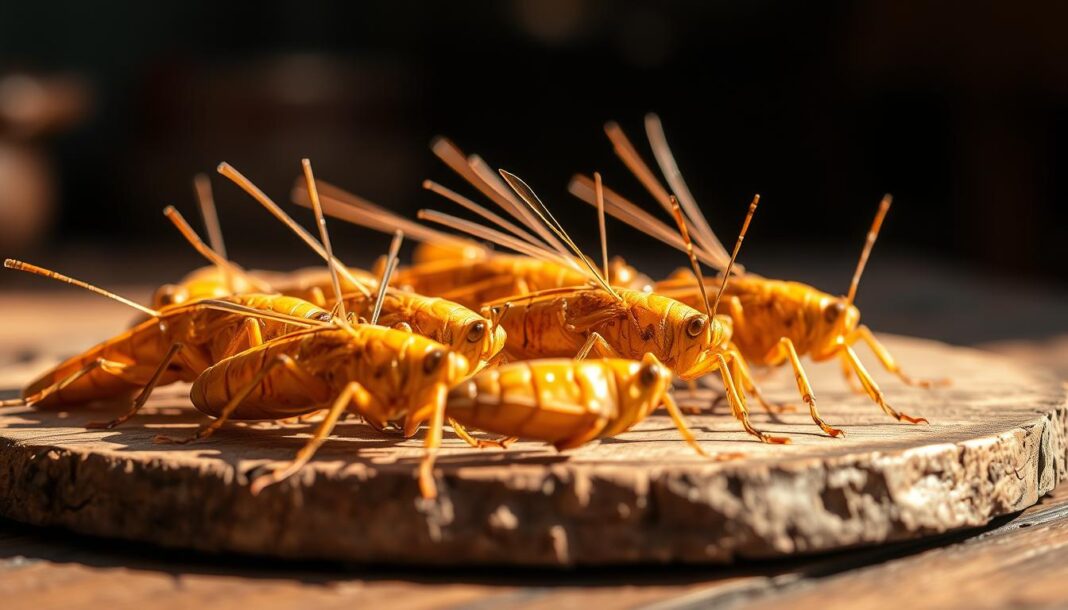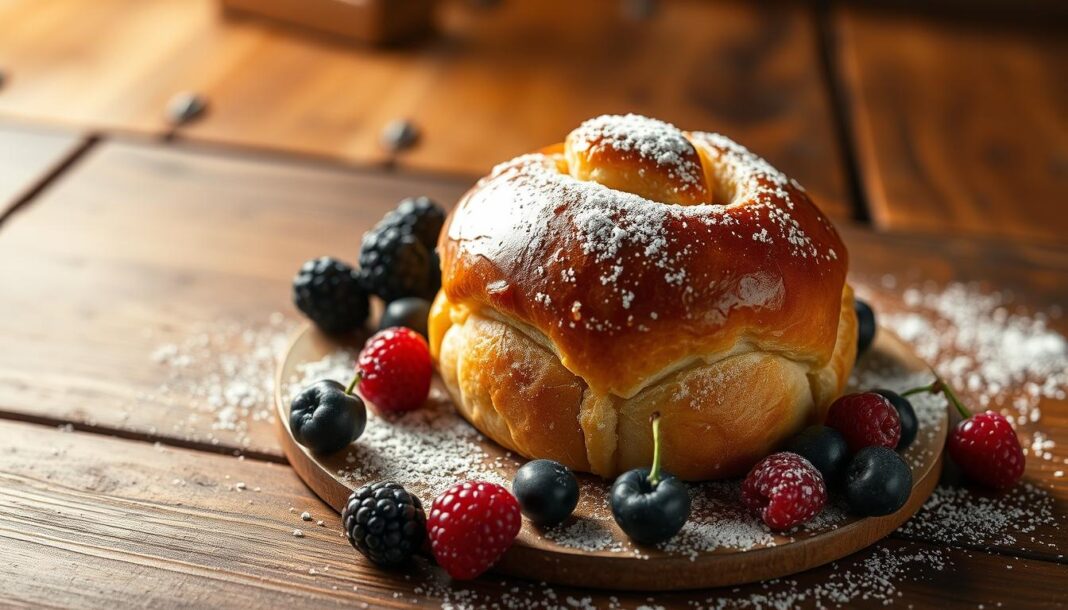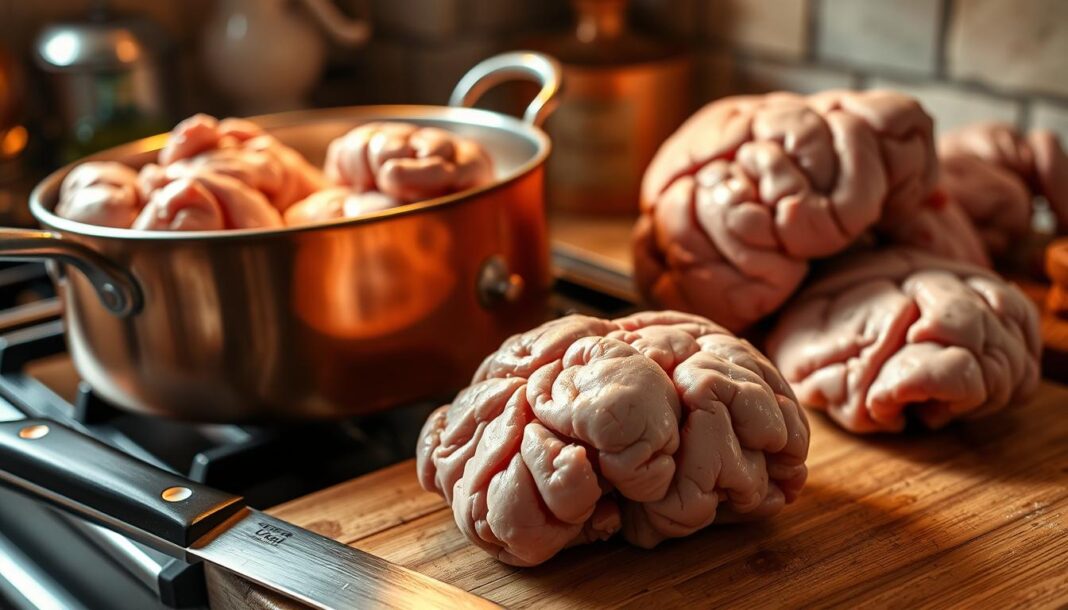For centuries, locusts have been a part of various cuisines around the world, providing a rich source of nutrition. These insects are not only a delicacy but also a powerhouse of essential nutrients, boasting 72% complete protein and vital micro-nutrients like omega-3, iron, and vitamin B12.
As we explore the world of locusts as a food source, it becomes clear that they have been a sustainable protein alternative for many cultures. The practice of consuming locusts is experiencing a revival, driven by their nutritional content and the quest for more sustainable eating habits. According to recent studies, such as those found on News-Medical.net, the interest in insects for human consumption is on the rise, highlighting the potential of locusts as a future food source.
The Ancient Tradition of Eating Locusts
In many ancient societies, locusts were not just a food source but also held cultural and religious significance. The practice of consuming locusts has been documented in various cultures, particularly in regions prone to locust swarms. This tradition not only provided a valuable source of nutrition but also turned a potential agricultural disaster into a beneficial resource.
Historical Significance in Different Cultures
The desert locust (Schistocerca gregaria) was a commonly consumed species, especially in Middle Eastern and North African cuisines. Its color varies from yellowish-green to grey, and it turns reddish when mature. The consumption of locusts was particularly significant in desert cultures, where they developed methods to harvest and prepare these insects.
Locusts were valued for their nutritional content and were incorporated into various dishes. The people in these regions developed a unique culinary tradition around locusts, showcasing their adaptability and resourcefulness.
| Culture | Method of Preparation | Significance |
|---|---|---|
| Middle Eastern | Roasting or boiling | Nutritional supplement |
| North African | Frying or drying | Culinary delicacy |
| Desert Cultures | Various methods | Turning a pest into a resource |
Biblical References and Religious Traditions
The Bible references locusts as a food source, notably in the story of John the Baptist, who survived on “locusts and wild honey” in the wilderness. In Jewish tradition, locusts are classified under kosher guidelines, with specific categories of flying insects permitted for consumption.
The Biblical source in Leviticus mentions four categories of permitted flying insects: “the arbeh after its kinds, and the salam after its kinds, and the hargol after its kinds, and the hagav after its kinds.” Yemenite Jews and other communities maintained these traditions, identifying and consuming specific grasshoppers according to religious guidelines.
These ancient traditions highlight the cultural and religious significance of locusts beyond their nutritional value. They demonstrate how different cultures have historically viewed and utilized these insects.
Nutritional Profile of Roasted Locusts
The nutritional profile of roasted locusts reveals a food source that is both sustainable and densely packed with vital nutrients. Roasted locusts are a powerhouse of nutrition, offering a rich mix of proteins, healthy fats, and essential micronutrients.
Protein Content and Essential Nutrients
Roasted locusts contain up to 72% protein by dry weight, making them one of the most protein-dense foods available. This high protein content includes all nine essential amino acids that the human body cannot synthesize on its own, categorizing locusts as a complete protein source. Additionally, locusts are rich in micronutrients such as omega-3 and omega-6 fatty acids, iron, zinc, folic acid, magnesium, calcium, and vitamins B12, B3, and E.
To put this into perspective, let’s compare the nutritional content of locusts to other protein sources:
| Nutrient | Locusts (per 100g) | Beef (per 100g) | Chicken (per 100g) |
|---|---|---|---|
| Protein | 72g | 26g | 31g |
| Iron | 5mg | 3mg | 1mg |
| Calcium | 35mg | 10mg | 12mg |
| Omega-3 | 0.3g | 0.1g | 0.1g |
Sustainability Benefits of Insect Consumption
The consumption of locusts and other insects offers significant sustainability benefits. Insect farming requires substantially less water and land than traditional livestock farming, making it a more environmentally friendly way to produce protein. Moreover, insects like locusts and grasshoppers have a more efficient feed conversion ratio and emit fewer greenhouse gases.
By incorporating locusts into our diets, we can contribute to a more sustainable food system. As the global demand for protein continues to rise, exploring alternative protein sources like insect protein becomes increasingly important. Roasted locusts are not only a nutritious food choice but also a step towards a more sustainable future.
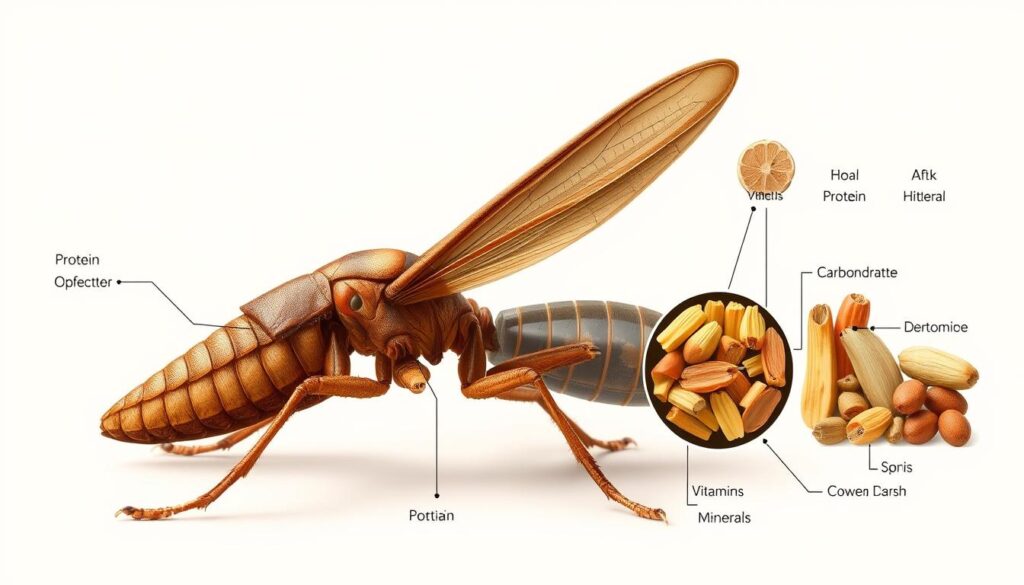
How to Prepare and Roast Locusts
To unlock the full flavor and nutritional potential of locusts, proper preparation is key. Roasting locusts can be a rewarding experience, offering a delicious and sustainable snack. In this section, we’ll guide you through the process of selecting the right locusts, cleaning and preparing them, and finally, roasting them to perfection using both traditional and modern techniques.
Selecting the Right Locusts
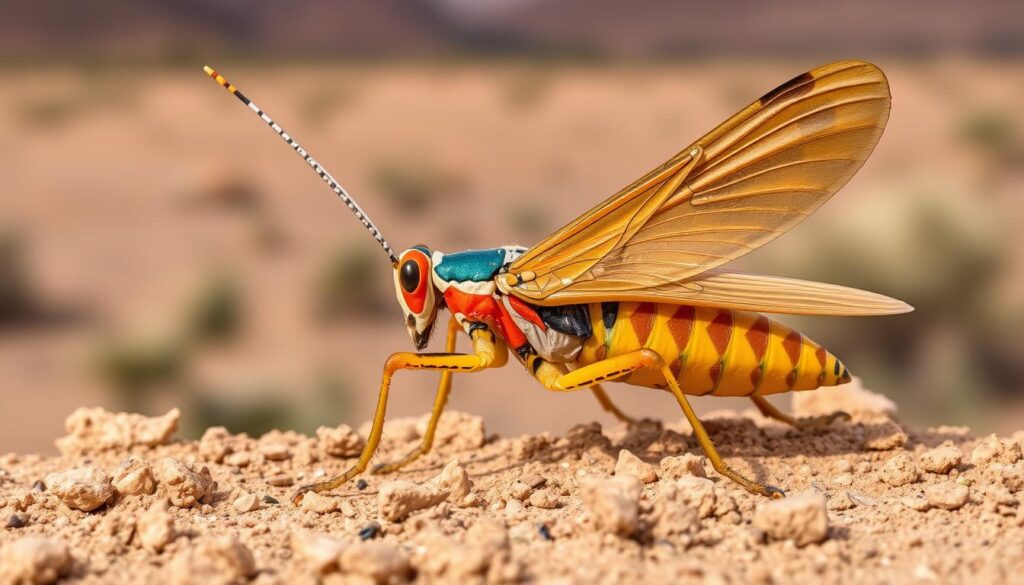
When it comes to selecting locusts for roasting, the desert locust (Schistocerca gregaria) is a popular choice due to its flavor and nutritional profile. We prefer to use the sub-adult (3rd instar) stage of the desert locust for culinary purposes. If you’re wondering where to buy edible locusts, consider looking for reputable suppliers that specialize in entomophagy (the practice of eating insects).
Cleaning and Preparation Steps
Proper cleaning and preparation are crucial steps before roasting locusts. First, remove the legs and wings to prevent any bitter flavors and to make the locusts easier to eat. Next, soak the locusts in salt water to clean them and enhance their flavor. After soaking, rinse the locusts thoroughly with clean water to remove any remaining impurities.
Traditional Roasting Methods
Traditional roasting methods vary across cultures, but one notable technique is from Yemen, where locusts are roasted in an earthenware stove and then sprinkled with a brine solution. This method not only adds flavor but also helps preserve the locusts. Such traditional techniques are a testament to the versatility and culinary value of locusts in different cultures.
Modern Cooking Techniques
For a modern twist, roasting locusts in an oven is a straightforward and effective method. To do this, preheat your oven to 170°C (340°F). Toss the prepared locusts with a bit of butter, salt, and any other desired seasonings. Roast the locusts in the oven for approximately 12 minutes, or until they are gently browned and crisp. This method yields a delicious and crunchy snack that’s perfect for adventurous eaters.
Regardless of the roasting method, the key to achieving the perfect texture is to ensure that the locusts are cooked until they’re crispy on the outside while remaining tender on the inside. By following these steps and experimenting with different seasonings and techniques, you can enjoy roasted locusts as a unique and nutritious addition to your culinary repertoire.
Serving and Enjoying Roasted Locusts
With their rich, nutty flavor, roasted locusts are an intriguing addition to many culinary traditions. We can explore various ways to incorporate them into our diets, from simple salt-seasoned snacks to more elaborate preparations.
One of the key aspects of enjoying roasted locusts is understanding their texture. Removing the wings and legs can significantly enhance the eating experience, as it leaves primarily the thorax and abdomen for consumption. This preparation method is common because it makes the locusts more palatable.
When it comes to seasoning, roasted locusts pair well with a variety of flavors. A sprinkle of salt is a simple yet effective way to enjoy them. For more complex flavors, combining locusts with ingredients like honey can create a fascinating taste experience, reminiscent of historical diets, such as that of John the Baptist in the wilderness.
For those new to eating locusts, we recommend starting with small portions to adjust to the texture and flavor. Presentation can also play a significant role in the dining experience. Chefs have successfully incorporated locusts into contemporary dishes, showcasing their versatility. For example, ground locusts can be used as a protein-rich topping or mixed into flour for baking, expanding their culinary applications.
To preserve roasted locusts, traditional methods such as drying in the sun or using a heated oven are effective. Modern approaches, including refrigeration, can also be used to maintain freshness. Whether you’re a culinary professional or an adventurous home cook, roasted locusts offer a unique ingredient that can enrich your culinary repertoire.
As we conclude our exploration of roasted locusts, it’s clear that this ancient food source has a place in our modern food system. With their nutritional benefits, sustainability, and culinary versatility, locusts are worth considering for those looking to diversify their diet with new and exciting ingredients.
